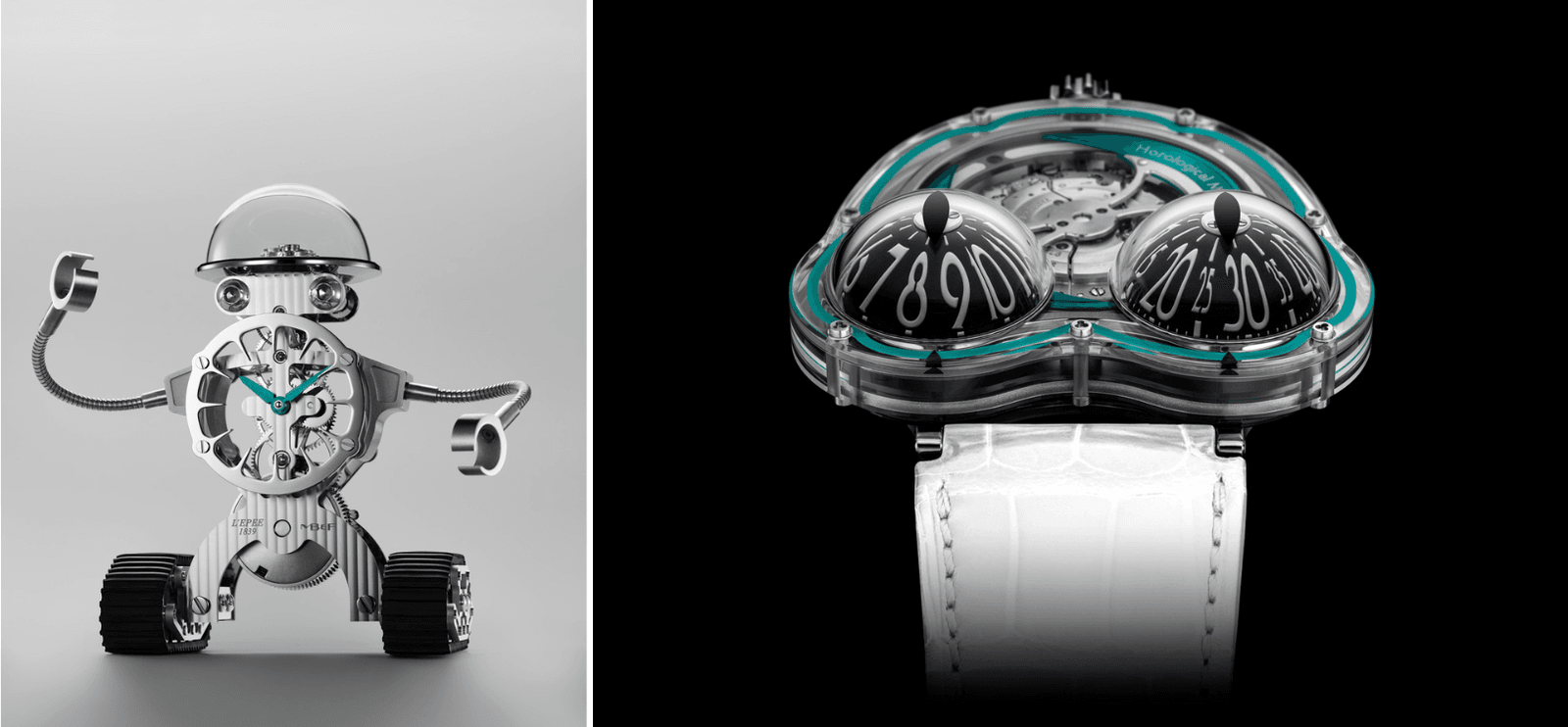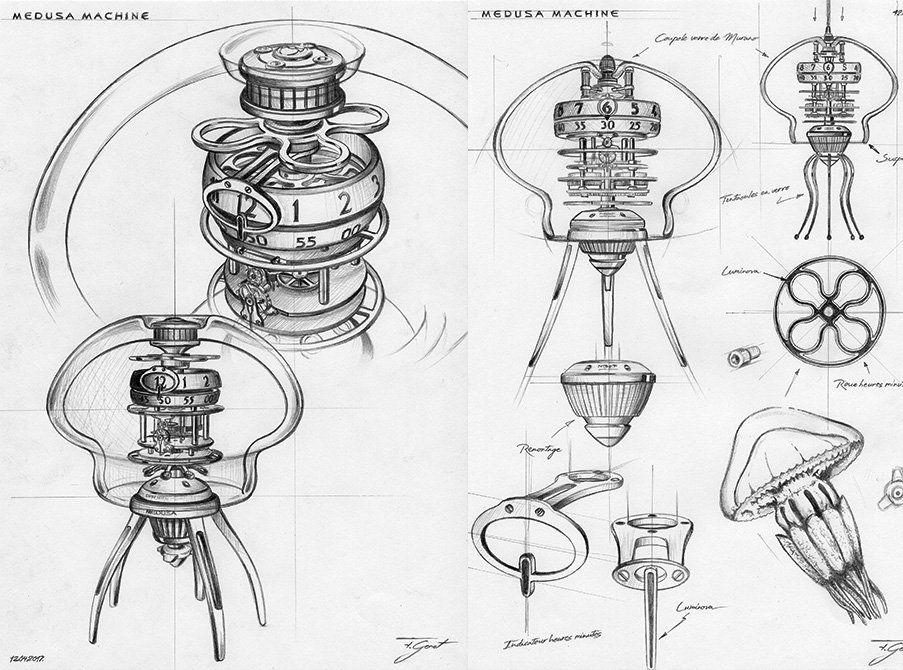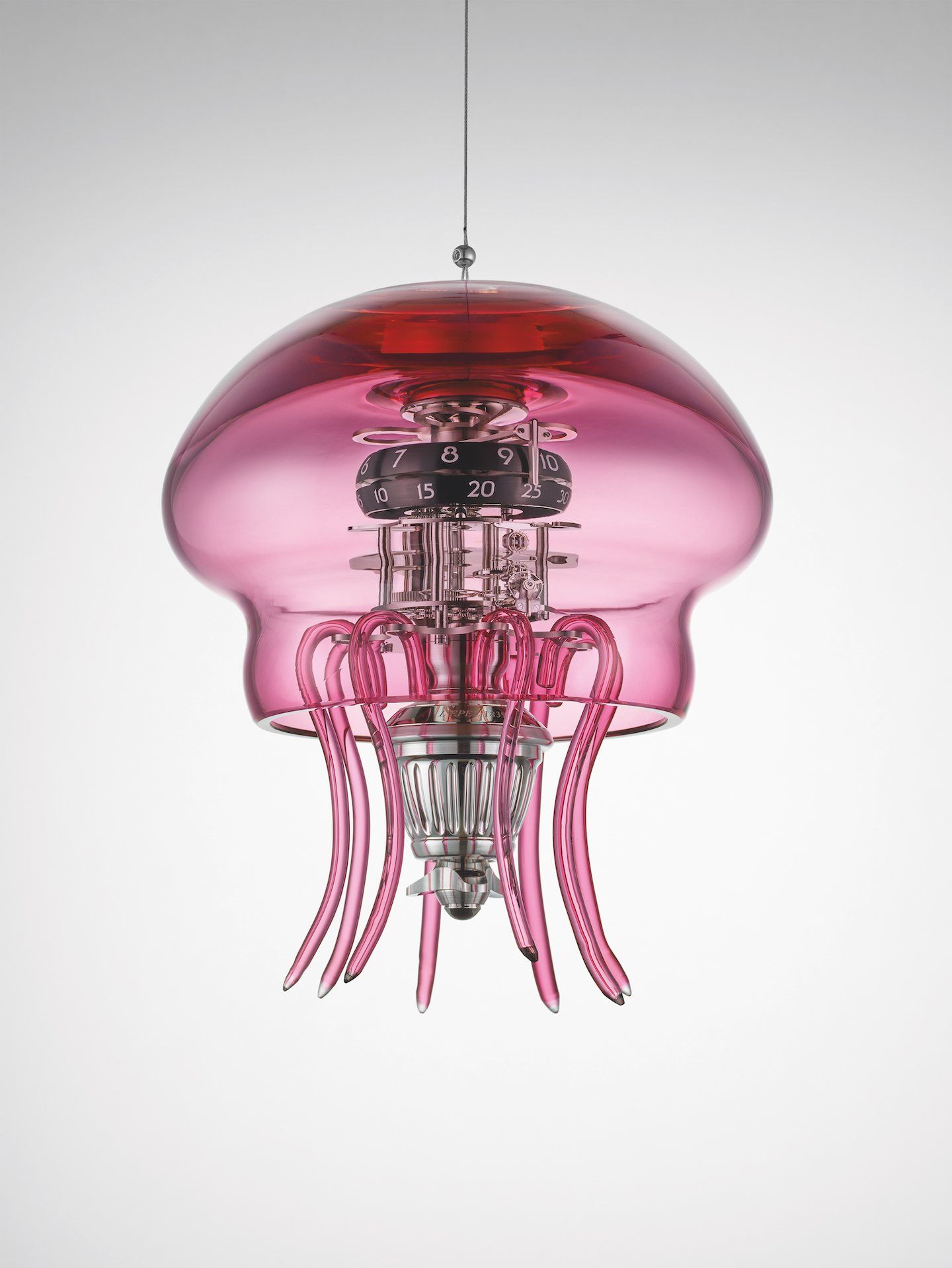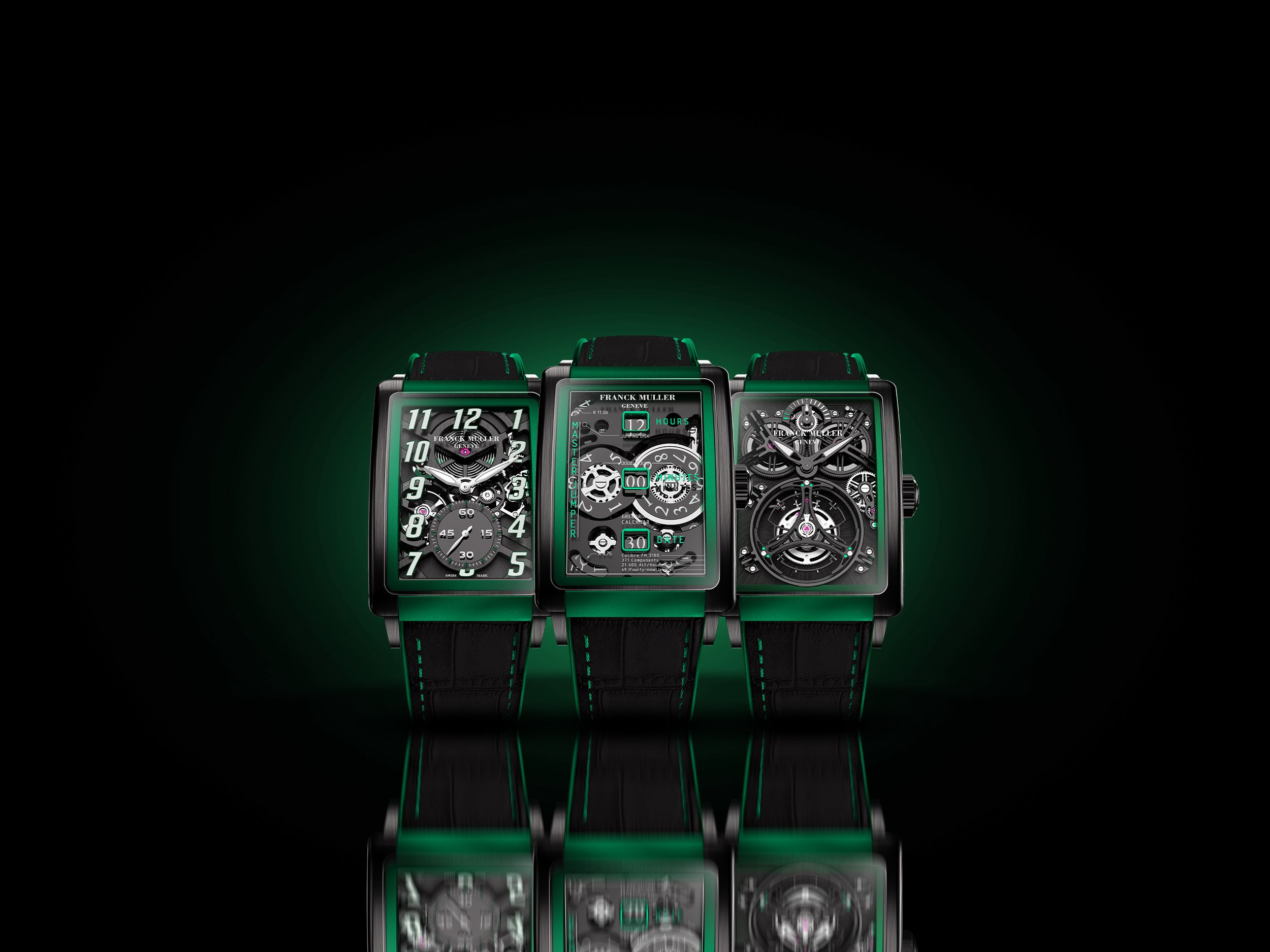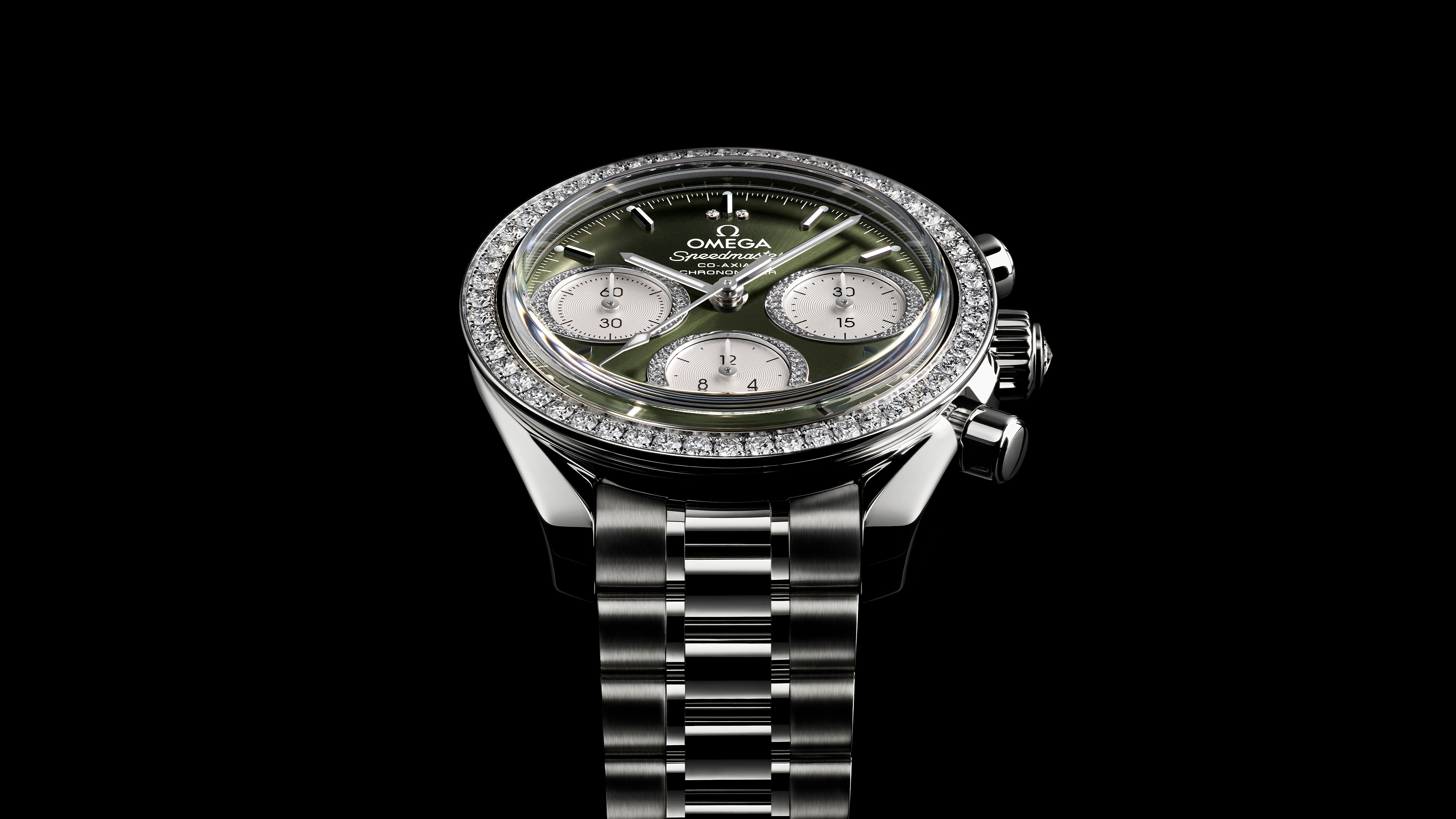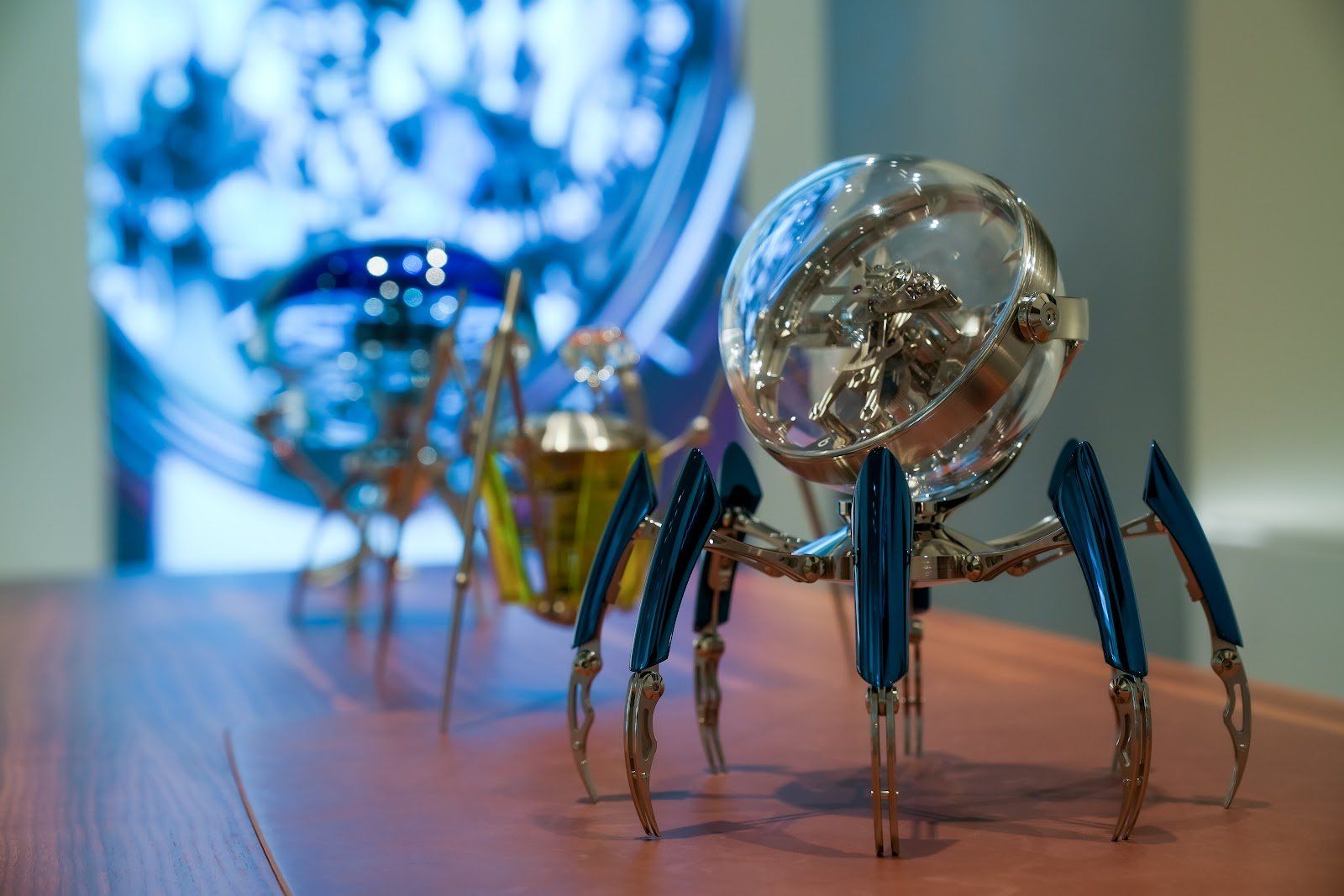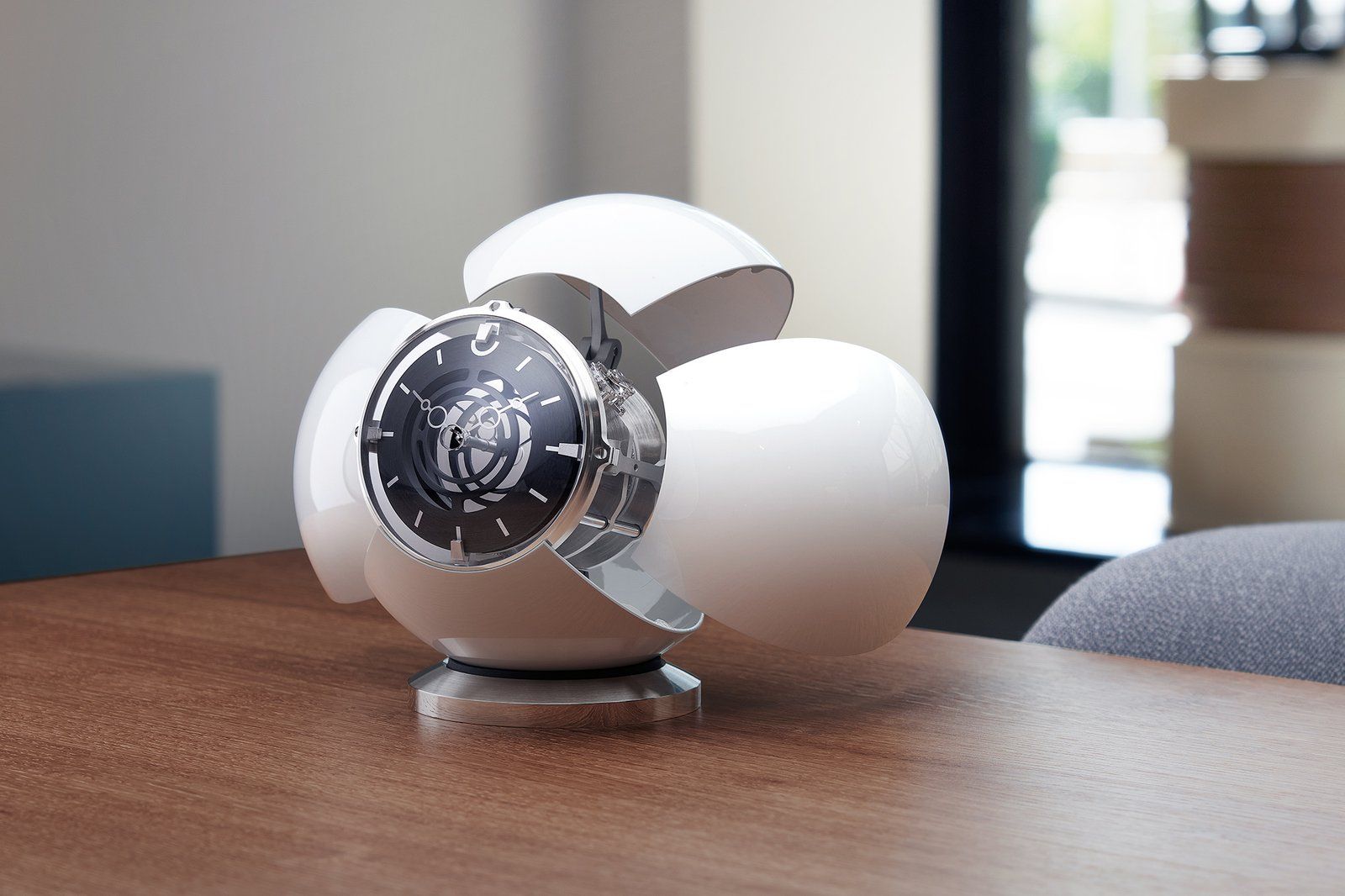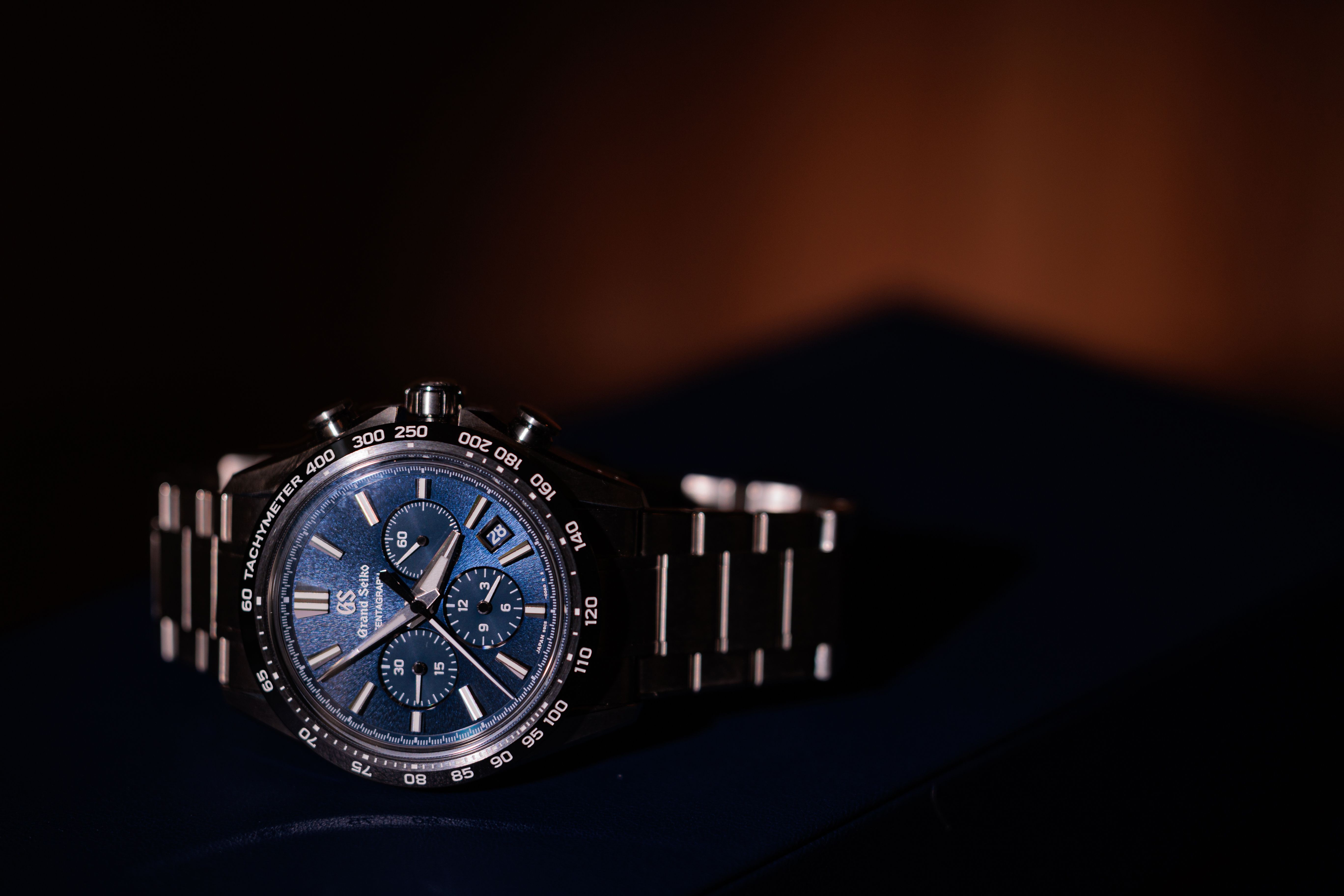The MB&F x L’ÉPÉE 1839 Medusa : From The Oceans To The Gorgon Of Greek Mythology
MB&F today is a name synonymous with “horological machines” and unconventional timepieces and has made quite a niche for itself in the world of independent watchmaking. However one often forgets what the essence of the name is - "Maximilian Büsser and Friends". Over the years Max has collaborated with various friends from master watchmakers, clock manufacturers, designers and artists to give us some of the most unique and almost “MAD” works of art, and not just for your wrist.
The MB&F family has grown with frogs, bulldogs and even robots like Melchoir, Balthazar and Sherman, but today we're here to talk about that relative from the ocean - the Jellyfish!
Let’s transport you to the oceans with Medusa.
Medusa, is a name with a wide range of connotations, from the mesmerising jellyfish with its trailing tentacles in nature to the Gorgon of Greek mythology whose mere appearance could turn a man to stone. One thing is certain; once you look into Medusa's eyes, you won't be able to tear your gaze away.
Where did the inspiration come from?
Medusa here should have actually been called jellyfish, however méduse which is French for jellyfish is close enough. Back in the day Max created the HM7 Aquapod which was technically inspired by a jellyfish because his wife was actually stung by one almost a decade ago. From that concept designer Fabrice Gonet then proposed the idea of making a clock inspired by the same.
To quote Büsser: "I've known Fabrice for some years, but we've never had the chance to work together before. Even though I never say yes to such requests, I agreed to see one of his designs when he asked because I recognised that it was a clock and not a watch. Ultimately, the finished clock looked remarkably like the original sketch because the vision was so crystal clear.”
To explore the tropical seas with this beautiful and ancient sea jelly, MB&F collaborated with the experts at L'Epée 1839 - their 10th collaboration. Medusa's newfound motion took over two years to perfect for its debut in L'Epée 1839. The glass dome that encloses Medusa makes access to the movement difficult, so the two processes—winding and setting—must be combined in order to operate. Furthermore, the movement has been designed around a central axis, resembling the radial symmetry of a jellyfish's neural column, to maximise visual impact and reinforce the source of design inspiration. Just below the time display is a mechanism that, like the beating heart of a living creature, moves at a rate of 2.5 Hz (18'000 A/h).
What is so special about Murano Glass?
Murano glass is an art that has been practiced in Italy since almost the 8th century making it one of the Venetian republic’s key industries. Every authentic Murano glass piece embodies the heart and soul of its artist. Traditionally Murano glass is made from mineral sands melted together in a furnace wherein the sand fuses into liquid glass. After a series of tests and checks the glass is then hand-blown to take the desired shape.
The dome and tentacles on Medusa both needed to be made out of the same glass to ensure the same optical qualities for the best possible aesthetic result. Only a select few glass studios have the expertise to hand-make a matching set of glass tentacles for each clock. For this reason, and the fact that only one of the forty glassblowing firms that L'Epée 1839 contacted was up to the challenge of making a hand-blown Murano glass dome that looks incredibly light and delicate but can actually support a clock's weight, the company ultimately settled on a single glassmaker.
"Medusa," can either be placed on your desk or be hung on the ceiling with her tentacles. Let's find out how…
Medusa has a special support with curved legs that allows her to sit on a desk or other flat surface. This is meant to hold the movement's base and provide convenient access to the time-setting and winding mechanisms. Its legs are replaced by tentacles made of hand-blown Murano glass when the clock is hung from the ceiling. The tentacles, which are attached to the machine, sway gently at the end.
How do you read the time on this jellyfish?
A large dome of transparent Murano glass, reminiscent of a mature jellyfish's bell shape, forms the bulk of Medusa. The time can be read from a fixed indicator that extends over two rotating rings that display the hours and minutes, respectively, and is visible through the dome. What is also spectacular here is Medusa's Super-LumiNova lighting makes her shine like an actual jellyfish in the deep sea. The mechanical creature's beating heart can be seen as a motion just under the time display.

Medusa is a blend of exceptional artistic technique and Swiss clock-making precision, once again pushing the boundaries of what is possible. It was created to evoke one of the most eloquent yet mysterious creatures of the sea. Super-LumiNova gives Medusa a glow that makes her look like a luminescent jellyfish floating in the ocean.
Medusa's glass exterior, which comes in blue, green, or pink, was just as difficult to perfect as any other part of its movement's creation. For the pink edition in particular, it took many layers of red and clear glasses to get the desired colour.
So far over 2000 species of jellyfish have been discovered in the unexplored ocean. MB&F however presents each of the three colorways of the Medusa in a 50-piece limited edition, each designed to mimic the jellyfish's actual coloration.
Price: Approximately CHF 25,500

